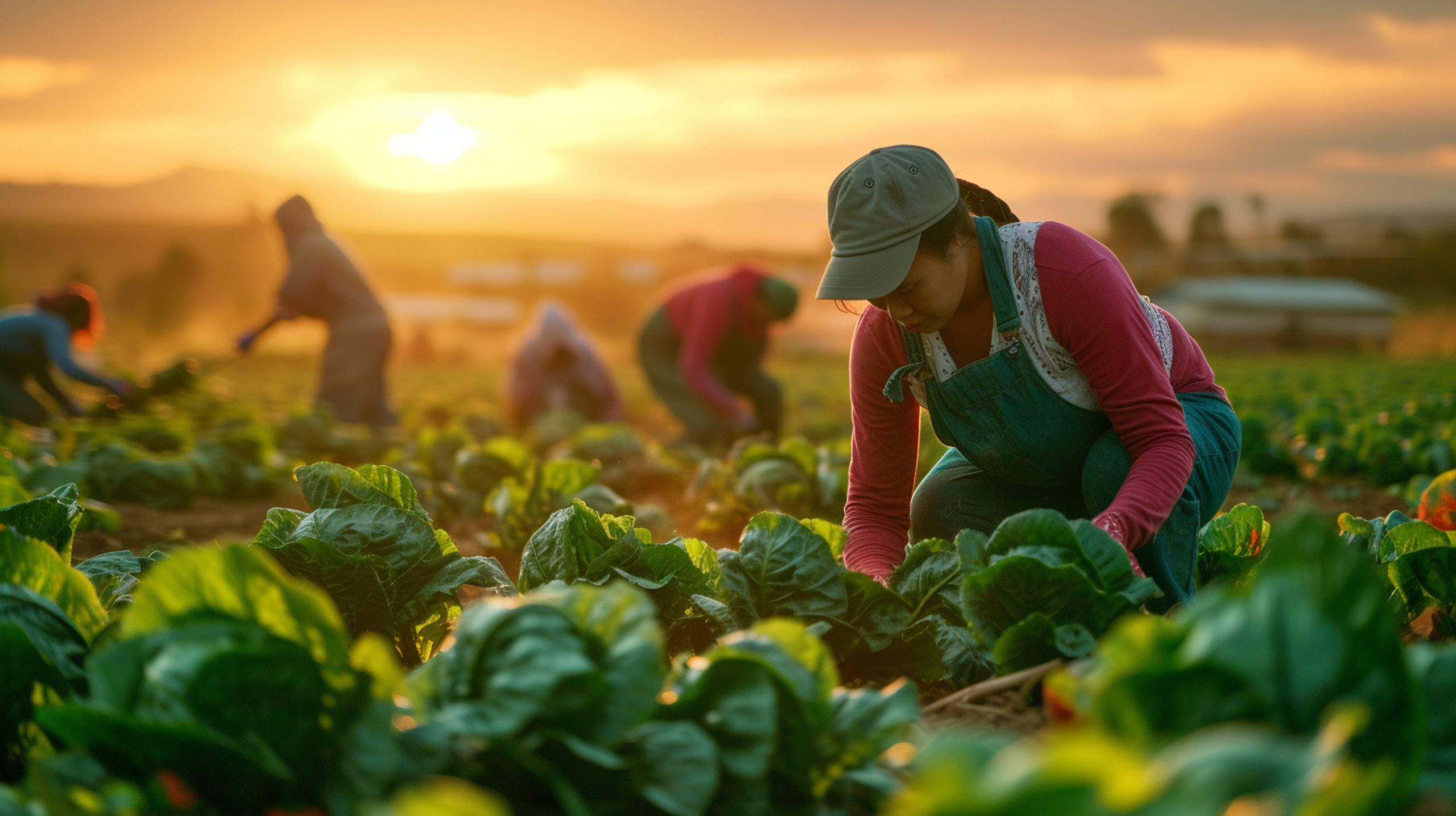Agricultural carbon markets remain largely underrecognized and underdeveloped, but “carbon farming” has the potential to change that. This term encompasses various methods aimed at sequestering atmospheric carbon in soil and plants or reducing greenhouse gas emissions from farms.
A research projects that carbon farming could generate $13.7 billion in carbon credits annually by 2050. This will include a mix of avoidance credits—gained through improved management of inputs like fertilizers and fuel—and higher-value removal credits achieved through soil carbon sequestration.
The research by BloombergNEF (BNEF) found that this could help reduce the sector’s 8.5% share of global greenhouse gas emissions, with an additional 14.5% coming from land use changes, primarily to support the growing global population.
BNEF informs that as of 2022, agricultural carbon credits accounted for just over 1% of the 1.7 billion credits issued in the voluntary carbon market (VCM). These credits include both avoidance and removal types, with avoidance projects currently dominating. Only 344,800 of 22 million agricultural carbon credits came from projects focused on carbon removal and sequestration in soils.
Soil carbon, stored as a solid form of carbon by plants and subsequently stored in the soil, has been significantly depleted by agricultural practices, releasing carbon dioxide into the atmosphere. Sustainable farming practices that enhance soil carbon sequestration could potentially sequester 5 billion metric tons of CO2 equivalent annually by 2050, roughly 10% of annual emissions, according to the research.
Despite this potential, soil carbon sequestration plays a minor role in carbon markets due to a lack of standardised regulations and unreliable measurements. To produce credible carbon credits, soil carbon must be measured, reported to carbon registries, and verified by an independent third party—a process known as MRV (Measurement, Reporting, and Verification). Agri-food companies and emerging startups are developing the technologies and models necessary to build confidence and scale in soil carbon sequestration.
BNEF said that companies like Cargill Inc., Yara International ASA, and Kellanova are integrating carbon programmes into their operations to reduce the emissions footprint of their products. Insetting refers to reducing emissions through a carbon project within a company’s supply chain, while offsetting involves purchasing carbon credits unrelated to the supply chain to offset emissions from operations.
